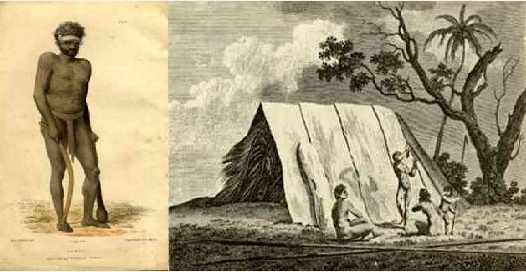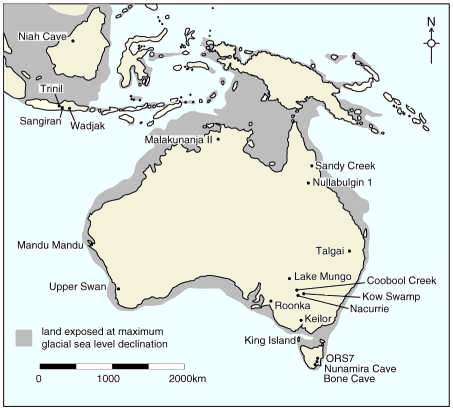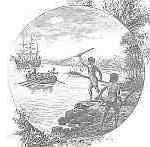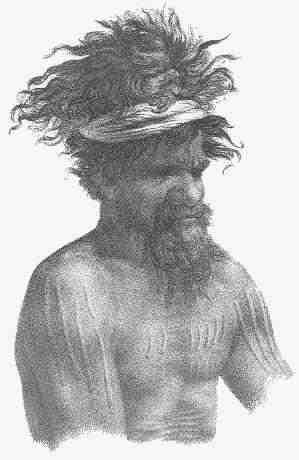
" It is most lamentable to think that the progress and prosperity of one race
should conduce to the downfal and decay of another; " Edward John Eyre 1841
|
The Kurrajebbering clan occupied the Romsey district where they had tribal rights of occupancy, for the use of hunting native wildlife, fishing and gathering seeds and roots. By 1835, 40 to 60 per cent of aborigines succumbed to a smallpox epidemic. Edward Dryden chronicled this extract in 1840. "In 1839 I took possesion of the Mount Macedon Station which I have occupied until the present hour, depasturing sheep and cattle .....of
the aborigines at my time of locating here, there was one tribe consisting of about 150 , including adult males , females and chidren of both sexes who camped from place to place in their mia - mias
, between Mount Macedon and Mount Alexander , generally calling in at the various stations on their way for the purpose of soliciting food .
Aboriginal settlement in Australia.
They did not form into the political structure of a nation but were separate groups, each with their own language and traditions. Each language group or clan was responsible for the management of certain areas of land. Groups had contact with each other for trade, initiations, marriages and other ceremonies. Some groups formed political alliances while others were at war.  During glacial sea level declination Tasmania was connected to the Australian mainland, with the existing islands forming hills in the
Bassian Plain. Dates for the earliest archaeological sites, and positively dated human skeletal materials, from Australia
|
Archaeological sites: Hatchet production quarry of the Wurundjeri-william clan of Woiworung
Article partially referenced from When Memory Turns The Key The History of the Shire of Romsey
Three Expeditions into the Interior of Eastern Australia, Vol 2 (of 2), by Thomas Mitchell.1836
Australian Palaeoanthropology. Brown, P. 1997.
History of Physical Anthropology: An Encyclopedia, 2 volumes. New York: Garland Publishing, pp. 138-145.
The Human Origins Debate in Australia http://www-personal.une.edu.au/~pbrown3/AusOrigins.html
Journals Of Expeditions Of Discovery Into Central Australia And Overland From Adelaide To King George's Sound In The Years 1840-1, Volume 2., by Edward John Eyre
Captain Cook's Journal During His First Voyage Round The Workd Made In H.M. BARK "ENDEAVOUR" 1768-71 A Literal Transcription of the Original MSS.EDITED BY
CAPTAIN W.J.L. WHARTON, R.N., F.R.S. Hydrographer of the Admiralty.1893
* intice - as per original document for the word entice
|
|
 Monday, 30th. 1770 " .....the Officer ashore, did all in his power to intice* them to him by offering them presents; but it was to no purpose, all
they seem'd to want was for us to be gone. " CAPTAIN COOK'S JOURNAL 1768-71
Monday, 30th. 1770 " .....the Officer ashore, did all in his power to intice* them to him by offering them presents; but it was to no purpose, all
they seem'd to want was for us to be gone. " CAPTAIN COOK'S JOURNAL 1768-71